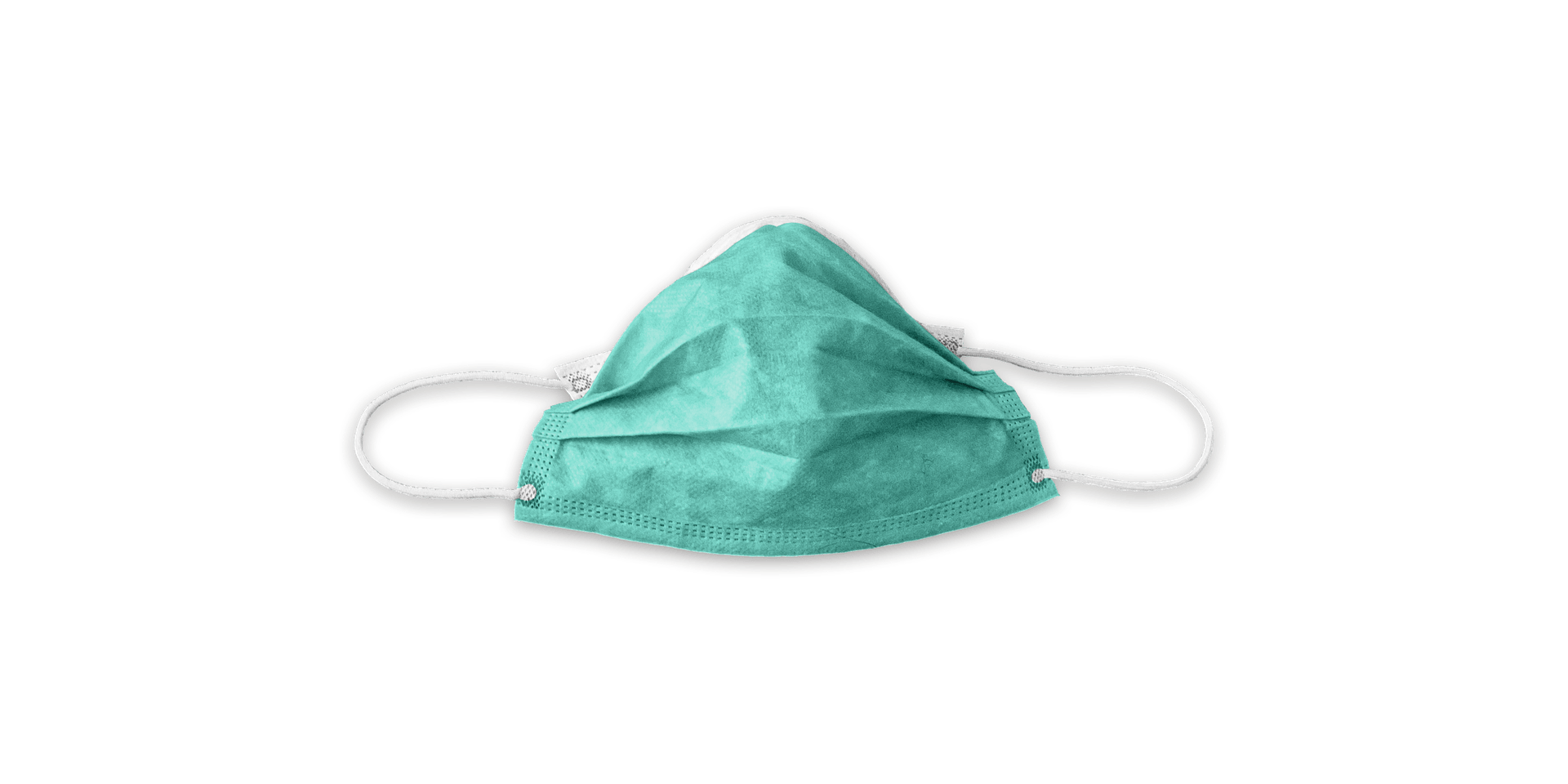

People who are infected with COVID-19 start showing symptoms within about 5 days on average of being exposed to the new coronavirus, scientists reported March 10. Researchers analyzed 181 confirmed cases of the disease (both from within China and 24 other countries) and found that around half develop COVID-19 within 5 days of exposure and nearly all people who develop symptoms will do so within 12 days.
Understanding this incubation period—the time between when a virus enters a person’s body and when they start feeling sick—is crucial for health officials trying to make decisions about how to respond to the outbreak.
“As we encourage social distancing and even self-isolation of people who may have been exposed, it’s important to have a good understanding of how long it might take symptoms to appear,” Kyra Grantz, a PhD student in infectious disease epidemiology at the Johns Hopkins Bloomberg School of Public Health, told Popular Science in an email.
The new findings, which Grantz and her colleagues published in the journal Annals of Internal Medicine, suggest that the 14-day monitoring or quarantine period recommended by the Centers for Disease Control and Prevention is sound.
In order to estimate for how long it takes for symptoms of COVID-19 to appear, the team examined cases reported in news stories and press releases before February 24 that included likely dates of exposure and symptom onset. Most of these people had recently spent time in Wuhan, the city in China’s Hubei province where the outbreak began. Others had contact with people known to have COVID-19 or travelers from Hubei province.
The researchers found that the average time it took for symptoms to appear was 5.5 days, and the median—or midpoint by which half of the people who developed symptoms had started to feel sick—was 5.1 days. Overall, fewer than 2.5 percent of infected people started showing symptoms within 2.2 days, and 97.5 percent had developed symptoms within 11.5 days.
The researchers estimated that, in a group of 10,000 people who catch COVID-19 and will develop symptoms, about 101 would start showing symptoms after health officials had ceased monitoring them.
“If we are actually thinking about monitoring or quarantining 10,000 people we think were exposed to SARS-CoV-2, only a portion of those will be infected, and only a portion of those will develop symptoms,” Grantz said. “In reality, the number of symptomatic cases missed is likely to be lower, depending on the risk of infection among exposed individuals.”
The incubation period that she and her colleagues identified is similar to early estimates by other groups using slightly different methods and data. Their estimated incubation period for COVID-19 also fits with what scientists have observed in diseases caused by other members of the coronavirus family. Both SARS and Middle East respiratory syndrome (MERS) have incubation periods ranging from 2 to 14 days, with an average of 5 days for SARS and 5 to 7 days for MERS. People infected by one of the four coronaviruses that cause common colds usually start feeling ill in 2 to 5 days, with an average incubation period of 3 days.
One important caveat to the new findings is that someone with COVID-19 may be contagious before they start showing symptoms. So sharing food or even benign, everyday coughs or sneezes could potentially spread the virus around. “This points to the importance of monitoring or self-isolating from the time of possible exposure, not the time of symptom onset—by the time you have symptoms, you may have already transmitted the virus to someone else,” Grantz said.
It’s also important to remember that the incubation period Grantz and her colleagues estimated for COVID-19 covers a range of possibilities. You can still develop symptoms more than 5 days after having been exposed to the new coronavirus, as Graham Cooke, a professor of infectious diseases at Imperial College London, pointed out to The Guardian.
There’s still a lot to figure out about how COVID-19 is transmitted. Scientists need to nail down when exactly someone with COVID-19 becomes contagious and what role cases where people are infected but don’t feel sick play in transmission, she said. Grantz and her colleagues are also investigating how long symptoms persist.
Still, having a better sense of the incubation period for COVID-19—and how long people exposed to the virus should expect to stay under quarantine—is an important step in our efforts to slow its spread.
